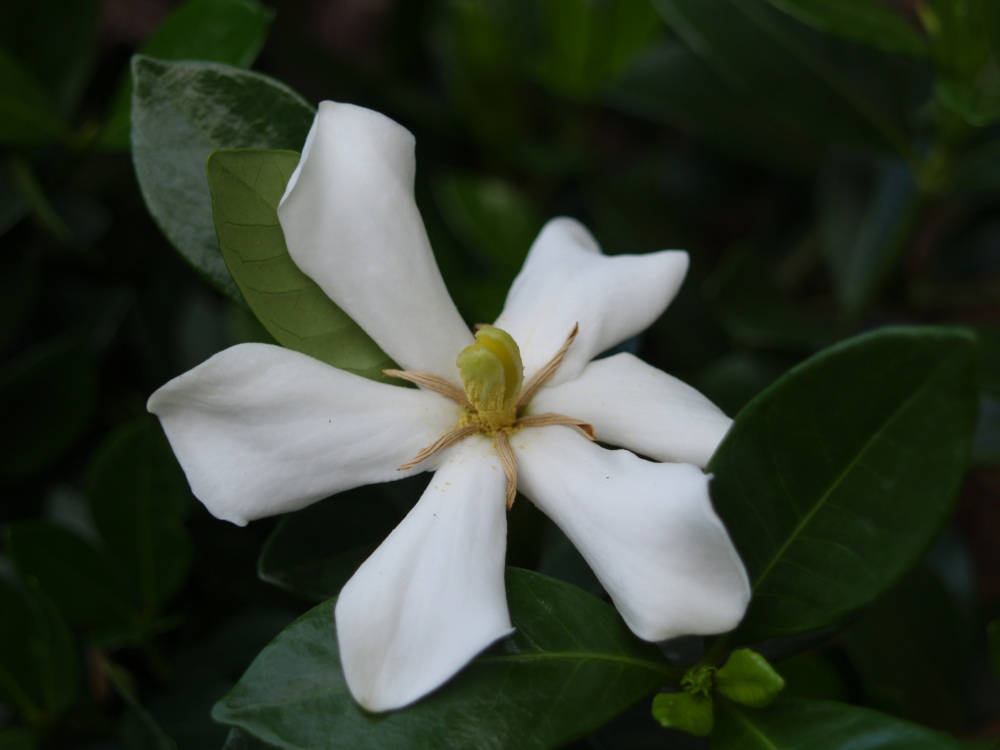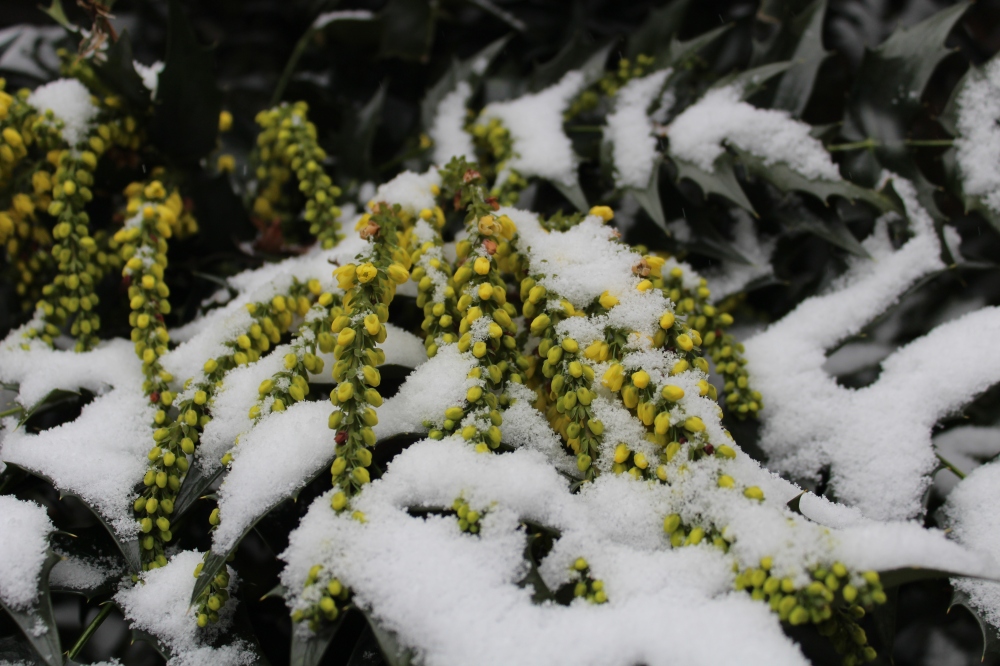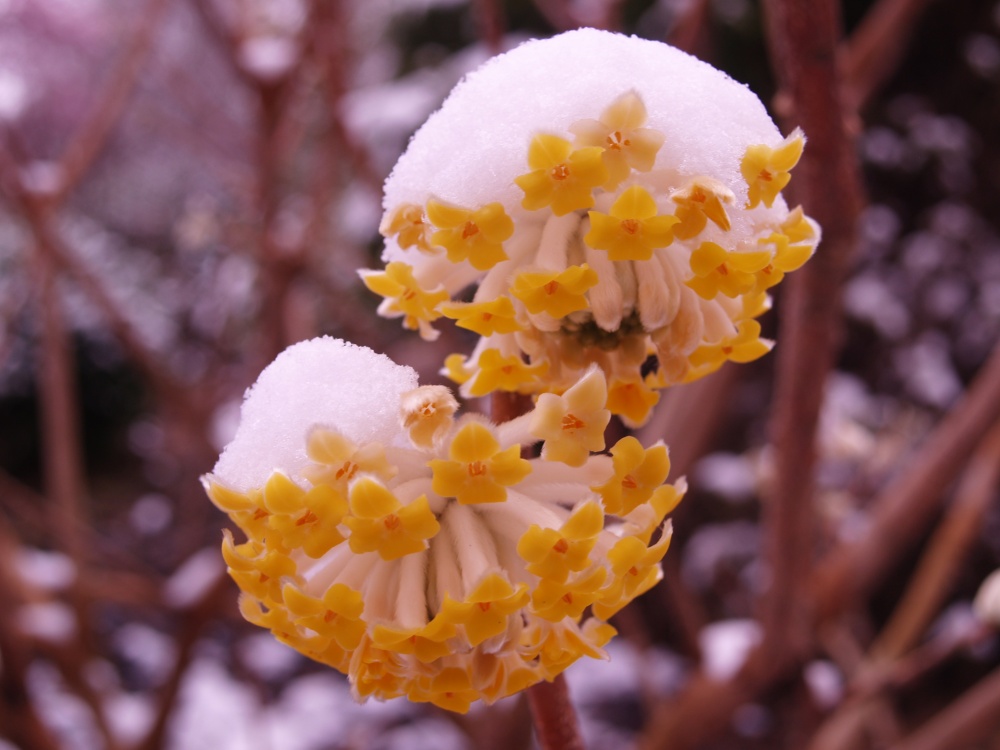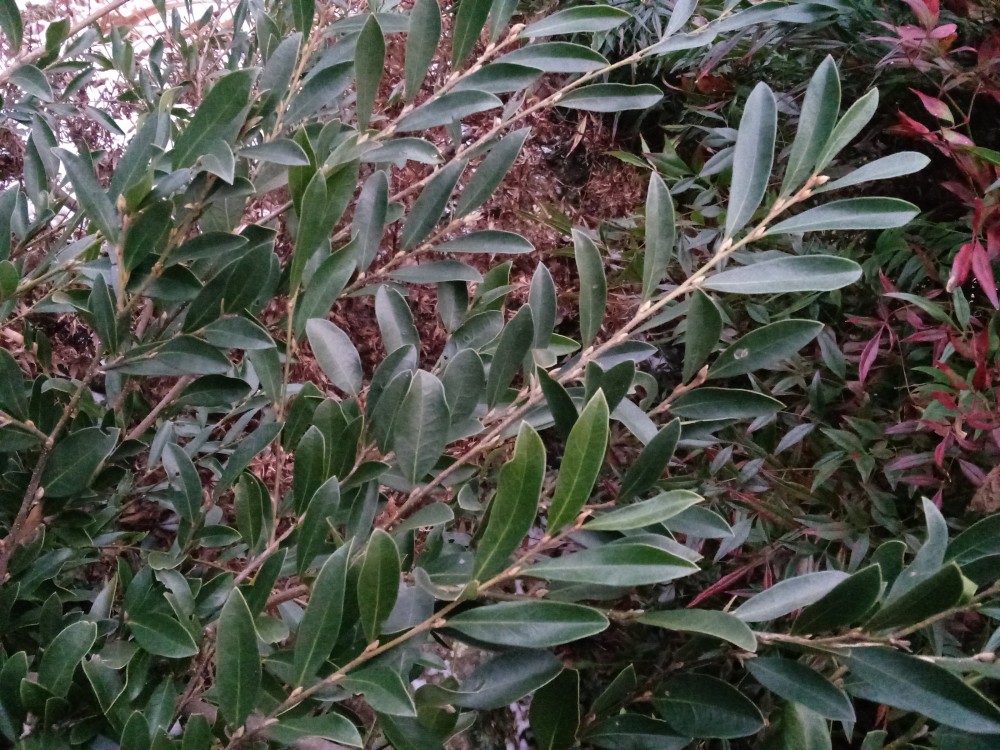Evaluating the cold hardiness of plants seems an inexact science, better than guessing, but a process prone to inaccuracies. Many gardeners accurately tell stories of a plant, or several that should have been sufficiently tolerant of cold, but failed in temperatures that should not have been a problem.

No doubt, there are a number of considerations to account for in determining cold hardiness (and survival), and I suspect that even wishful thinking occasionally creeps into the equation. As many gardeners do, I’ve been known to stretch a zone (or two) to plant something that is rated too tender for the area, and despite trying to figure a microclimate to give the best chance for survival, most all have failed.

First, there is no doubt that I have poor judgment in evaluating areas for suitable microclimates. Most of this garden is protected from winter breezes, but does cold settle into this low lying garden, or not? And second, a few of the plants didn’t have a prayer for survival.

This northwestern Virginia garden was rated as zone 6b at one time, but following a few decades without temperatures dropping below zero, this changed to a 7. Fair enough, but a recent winter dropped below zero a few times, and the following one several more with a low of six or seven below.

The results of the frigid (for this area) weather were mixed, and illustrate the difficulties in hardiness ratings. Several gardenias optimistically rated for zones 6a and 6b never had a chance, though one marginally survived, sprouting a few leaves from the roots, which died a month or two later.

Several shrubs rated for zone 7 sailed through temperatures below zero, while others suffered, but survived. With this experience, I watch these zone 7 survivors today as temperatures drop to zero. This afternoon, all seem okay, but tomorrow? And, often mild cold damage doesn’t show for weeks, so the verdict will not be assuredly known for a while.
Vitex or chaste tree is another that is on the edge of hardiness here. I had a beautiful one for a couple years but it finally succumbed to a cold winter.
Vitex has survived to six or seven below zero in this garden, but it has been damaged at zero degrees. The shrub in this garden is smaller than five years ago, so even after mild winters it has not recovered fully.
Dear Dave, I’m sorry some of the zones were incorrect, and the flowers have died…but hopefully spring will come again with beautiful flowers and colours once more. Thank you as always for the wonderful posts and delightful photos . Happy New Year.
😀
The garden is a long time research project. A part of its interest is considering how plants interact with varying environmental conditions.
Always enjoy your ramblings through the garden.